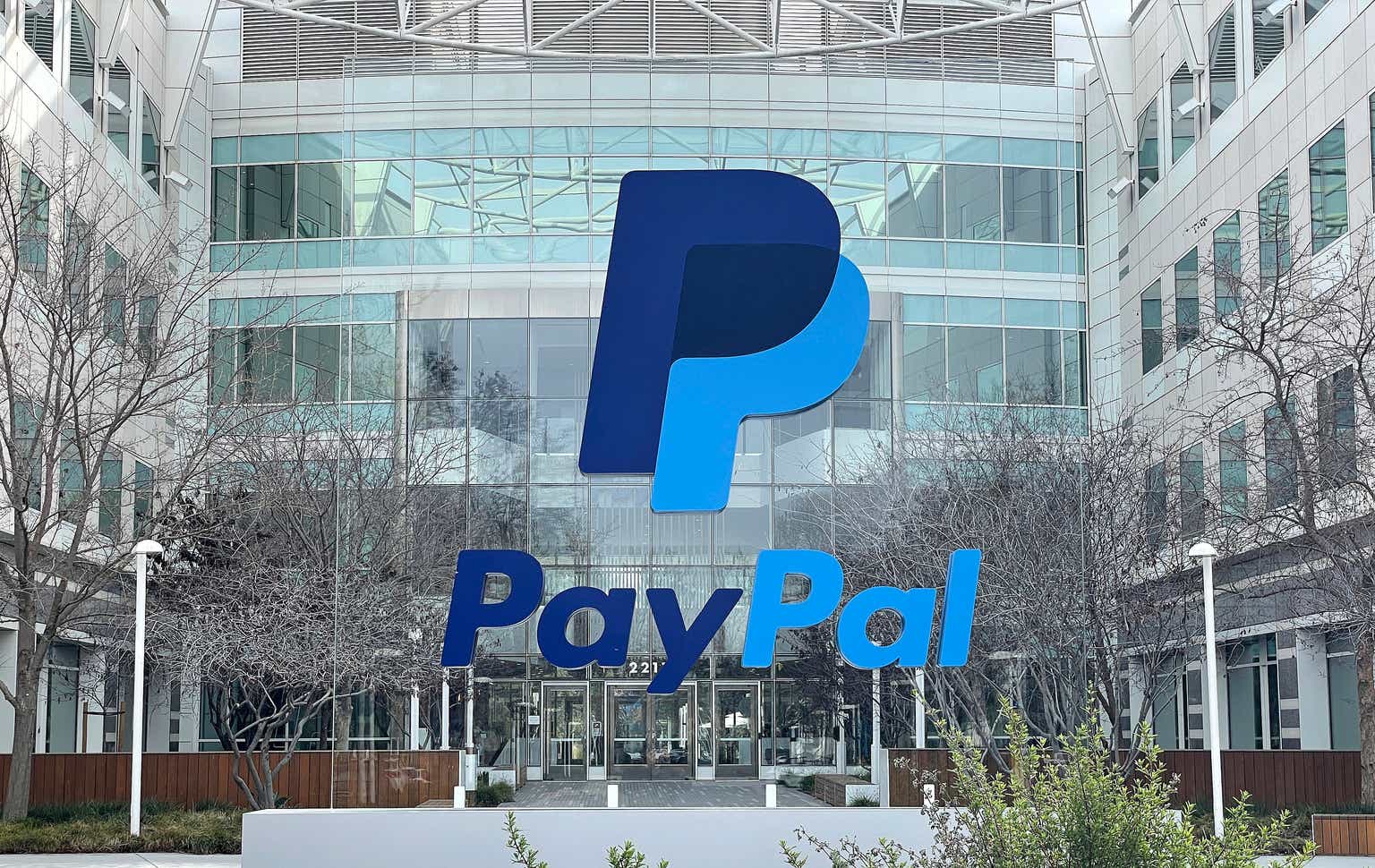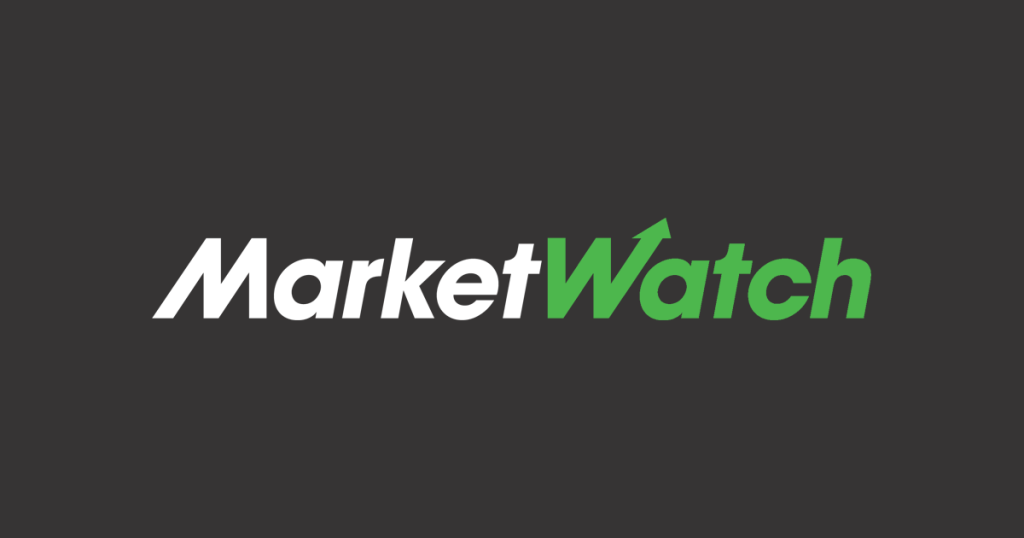Investors in PayPal Holdings, Inc. (NASDAQ:PYPL) are likely assessing whether the worst in its price decline could be over since my previous update in October (pre-earnings). I argued that while PYPL is expected to “stage a momentary reversal given oversold conditions,” there’s still much for PYPL buyers to prove to untether it from its bearish bias.
Accordingly, PYPL has outperformed the S&P 500 (SPX) (SPY) since my previous update, as dip-buyers attempted to hold its October lows. However, PYPL has faced stiff resistance at the $66 level over the past three weeks, suggesting its buying momentum could lose its upward thrust if profit-taking gains speed.
As a result, I believe it’s timely for holders to reassess whether they should consider reallocating their exposure from PYPL, given the recent recovery, or continue to wait for CEO Alex Chriss to execute a sustained recovery. However, it should be noted that PayPal faces significant competition in its market. In the branded space, it faces Apple’s (AAPL) increasing focus on gaining share in financial services. Notwithstanding the recent setback as it looks to exit its partnership with Goldman Sachs (GS), the Cupertino company has a massive consumer ecosystem through the iOS walled garden. As a result, I believe the headwinds against PayPal are likely to intensify, not moderate.
Also, PayPal faces stiff competition against highly competitive peers in the unbranded space against Stripe (privately held) and Adyen (OTCPK:ADYEY). Stripe reported a 35% YoY revenue growth in Q3, as it returned to profitable growth. With a reported $50B valuation, it is ahead of Adyen’s most recent market cap of $40.2B. The significant recovery (up more than 100% through this week’s highs) in ADYEY since its bottom in early November suggests the market was keen on lifting ADYEY ahead of PYPL. As a result, the market remains focused on growth and profitability, with ADYEY assigned an “A-” growth grade and a “B+” profitability grade. PYPL last traded at a market cap of about $68B, well ahead of its leading unbranded peers. However, I expect the market to be lukewarm on re-rating PYPL further, as Adyen and Stripe seem to have weathered their recent challenges well.
Furthermore, PayPal CEO Alex Chriss has reportedly stepped on the gas to transform its branded strategy with Project Quantum Leap. The initiative is designed to implement “significant changes to enhance the company’s competitive stance.” As a result, it could mark a “strategic shift, focusing on innovation and competitiveness.” The Information highlighted that the project aims for a “comprehensive overhaul aiming to improve PayPal’s digital wallet and online checkout.” As a result, it could indicate a renewed offensive in PayPal’s attempt to defend its market share against the intrusion of Apple and other competitors. However, could that suggest that PayPal might need to invest more aggressively to rejuvenate growth?
Chriss stressed in PayPal’s third-quarter or FQ3 earnings conference that PayPal’s elevated cost base “impacts agility.” As a result, the company needs to remain focused on “improving operating leverage by managing and potentially reducing costs.” Therefore, PayPal is in the process of “improving operational speed and efficiency,” aimed at achieving improved operating leverage as PayPal’s growth slows. In other words, I believe PayPal is likely in a rock and a hard place. It needs to defend against Apple’s growing clout and ambitions in the branded space while trying to gain market share against the highly competitive Adyen and Stripe in the unbranded space.
As a result, I believe that’s what the market has priced in, suggesting PYPL’s best years are likely over. In other words, investors should wake up and not hope that PayPal could return to the pre-COVID high-growth years. While tagging PYPL with a bearish rating at the current levels is likely over-pessimistic, I’m not keen to assign it a bullish rating either.
I exited PYPL at the $57.75 level in mid-October and got involved with other opportunities as I reallocated my funds. I’m glad I did it because the reallocation has allowed me to significantly outperform PYPL from the levels I sold. Accordingly, PYPL closed just +6.3% above the levels I sold more than two and a half months ago. Among those that I reallocated within one month from my sale include Lowe’s (LOW), Blackstone (BX), and ASML (ASML). All three positions have posted solid gains since then. LOW closed +14.7%, BX closed +35.6%, and ASML closed +31.4% (All these trades have “receipts,” as indicated in my service’s trade alerts). All are considered high-quality stocks, like PYPL, with sustainable moats.
| Ticker | Name | Price/Fair Value | Economic Moat |
|---|---|---|---|
| PYPL | PayPal Holdings Inc | 0.45 | Narrow |
| WRDLY | Worldline SA ADR | 0.64 | Narrow |
| GPN | Global Payments Inc | 0.71 | Narrow |
| ADYEY | Adyen NV ADR | 0.81 | Wide |
| STNE | StoneCo Ltd Class A | 0.84 | None |
| FISV | Fiserv Inc | 0.92 | Narrow |
| SQ | Block Inc Class A | 0.93 | Narrow |
| V | Visa Inc Class A | 1.00 | Wide |
| MA | Mastercard Inc Class A | 1.01 | Wide |
| AXP | American Express Co | 1.05 | Wide |
Morningstar valuation and economic moat ratings.
Why stay with a stock that’s still on a medium- and long-term downtrend when much more attractive opportunities present themselves? PYPL seems “dirt-cheap” relative to its peers, as seen above, and likely reached peak pessimism. However, there are much better opportunities available for discerning investors. Capital is competitive and fungible, right? As investors, we must always remain good capital allocators and not hold on to a poor call when it’s time to fold ’em.
Rating: Maintain Hold.
Important note: Investors are reminded to do their due diligence and not rely on the information provided as financial advice. Please always apply independent thinking and note that the rating is not intended to time a specific entry/exit at the point of writing unless otherwise specified.
I Want To Hear From You
Have constructive commentary to improve our thesis? Spotted a critical gap in our view? Saw something important that we didn’t? Agree or disagree? Comment below with the aim of helping everyone in the community to learn better!
Editor’s Note: This article discusses one or more securities that do not trade on a major U.S. exchange. Please be aware of the risks associated with these stocks.
Read the full article here







